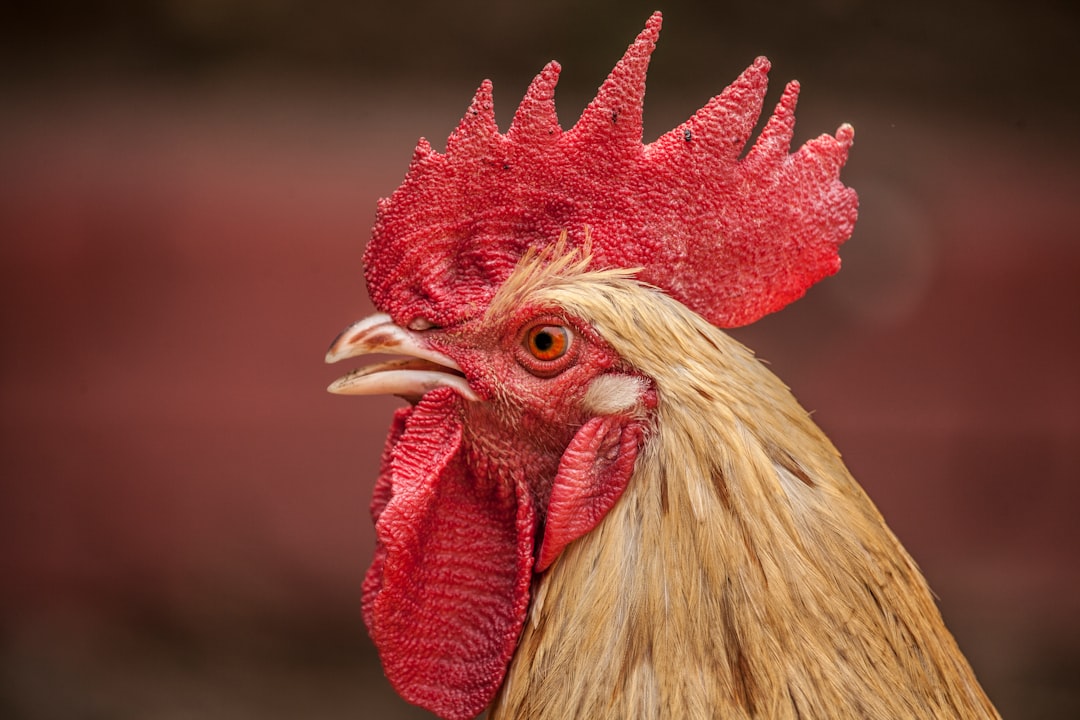Animals are incredible creatures that have evolved and adapted to their environment in ways that will truly blow your mind. From physical changes to behavioral strategies, the animal kingdom is full of fascinating adaptations that allow different species to survive and thrive in their respective habitats. In this blog post, we will explore six amazing animal adaptations that showcase the ingenuity and diversity of the natural world.
1. Camouflage
One of the most common and visually stunning adaptations in the animal kingdom is camouflage. Many animals have evolved to blend seamlessly into their surroundings, making them almost invisible to predators or prey. From chameleons that can change color to match their environment to stick insects that mimic the shape and color of twigs and leaves, camouflage is a powerful survival strategy used by countless species. Some animals, like the Uroplatus geckos of Madagascar, even have the ability to change their skin texture to match the bark of trees they are perched on. The incredible precision and effectiveness of camouflage in nature is truly mind-blowing.
2. Echolocation
Echolocation is a fascinating adaptation that allows certain animals, such as bats and dolphins, to navigate and locate prey in the darkness. By emitting high-frequency sound waves and interpreting the echoes that bounce back, these animals are able to create a mental map of their surroundings without relying on sight. This sophisticated form of sonar has evolved independently in different animal species and is a testament to the ingenuity of nature. The precision and accuracy of echolocation in animals like the bottlenose dolphin, which can detect objects as small as a fish scale from hundreds of meters away, is nothing short of amazing.
3. Hibernation
Hibernation is a remarkable adaptation that allows animals to survive harsh environmental conditions, such as extreme cold or food scarcity, by entering a state of dormancy. During hibernation, an animal’s metabolic rate and body temperature drop significantly, allowing them to conserve energy and survive for extended periods without food. From bears that hibernate through the winter to amphibians that bury themselves in the mud during dry seasons, hibernation is a vital survival strategy used by many species. The ability of animals to slow down their bodily functions and endure months of dormancy is truly awe-inspiring.
4. Mimicry
Mimicry is a clever adaptation used by some animals to deceive predators or prey by resembling a different species. There are two main types of mimicry: Batesian mimicry, in which a harmless species imitates the warning signals of a harmful species, and Mullerian mimicry, in which two or more harmful species evolve to look similar to each other for mutual protection. Examples of mimicry in nature include the viceroy butterfly, which mimics the monacrh butterfly’s toxic taste, and the Malaysian orchid mantis, which mimics a flower to attract prey. The ability of animals to deceive and manipulate their predators or prey through mimicry is truly astonishing.
5. Thermal regulation
Thermal regulation is a crucial adaptation that allows animals to maintain a stable body temperature in the face of extreme environmental conditions. From animals that can withstand scorching desert heat to those that survive freezing Arctic temperatures, thermal regulation plays a key role in the survival of many species. Some animals, like the Arctic fox, have thick insulating fur and a low surface area-to-volume ratio to minimize heat loss, while others, like the desert tortoise, have the ability to burrow underground to escape the heat. The diverse ways in which animals have evolved to regulate their body temperature in response to their environment is nothing short of remarkable.
6. Bioluminescence
Bioluminescence is a captivating adaptation that allows certain animals to produce light through chemical reactions in their bodies. From fireflies that use bioluminescence to attract mates to deep-sea creatures that produce light to communicate or lure prey, bioluminescence is a fascinating phenomenon found in a wide range of species. Some animals, like the anglerfish, have evolved bioluminescent lures to attract unsuspecting prey in the darkness of the deep sea, while others, like the glowworm, use bioluminescence to ward off predators. The ability of animals to produce light and use it for a variety of purposes is truly mesmerizing.
In conclusion, the animal kingdom is full of incredible adaptations that showcase the diversity and ingenuity of nature. From camouflage and echolocation to hibernation and mimicry, animals have evolved a wide range of strategies to survive and thrive in their respective habitats. The remarkable adaptations we have explored in this blog post are just a small sample of the amazing ways in which animals have evolved to overcome the challenges of their environments. The next time you look at an animal, take a moment to appreciate the incredible adaptations that make it uniquely suited to its place in the natural world.


